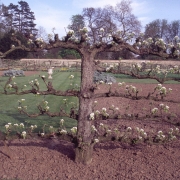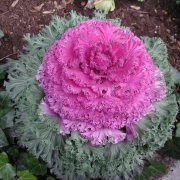HOT OFF THE PRESS
/1 Comment/in Planning/by Lee ReichA New Map
The coldest nights of the year are due to arrive in about a month. These frigid nights might test the hardiness of trees, vines, and shrubs, perhaps nipping back a few branches here or there on some plants, perhaps killing others outright. Though bitter cold is a few weeks away, I have done what I could to prepare plants for the onslaught.
The first step in preparing any plant for the winter is knowing how cold it’s going to get. There’s no crystal ball offering this information, but decades of weather data have been compiled by the U. S. Department of Agriculture to prepare the USDA Hardiness Zone Map, which is helpful in predicting the probable minimum temperature for an area. The map has gone through numerous incarnations of increasing accuracy and . . . drum roll . . . recently this year the latest incarnation was revealed.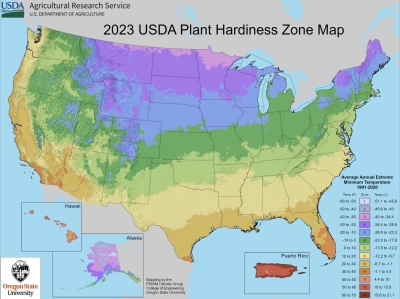
So, what’s new? The increasing accuracy reflects minimum temperatures measured at 13,625 weather stations averaged over 30 years. As before the country is divided into zones denoted by color and number, 13 of them, the lower numbers reflecting colder regions. Each zone denotes the average coldest temperature in that time period, not the minimum temperature ever experienced.
You often see this map, the country covered over my squiggly lines filled in with a color. Big change this year: The USDA offers this map only online Read more
APICAL DOMINANCE — WHAT FUN!
/4 Comments/in Flowers, Fruit/by Lee ReichSuppression & Stimulation
“Apical dominance” sounds sadomasochistic, but no reason to shudder: it’s practiced by plants and, even when carried to an extreme, results in something as agreeable as a head of cabbage. True, we gardeners sometimes have a hand in apical dominance, but it’s still just good, clean fun.
Look upon it as hormones gone awry or as hormones doing what they’re supposed to do; either way, apical dominance is the result of a hormone, called auxin (AWK-sin), that is produced in the tips of growing shoots or at the high point of stems. Traveling down inside the stem, auxin sets off a chain of reactions that puts the brakes, to some degree, on growth of side shoots, giving the uppermost growing point (the apical point) of any stem the upper hand in growth.
Side shoots mostly arise from buds along a stem, and whether or not a bud grows out into a shoot depends on how close the bud is to the source of auxin; the closer to the source, the greater the inhibition, how far and to what degree depend on the genetics of the plant. ‘Mammoth Russian’ is a variety of sunflower that grows just as a single stem capped by a large flowering disk; with no side branches at all, this variety demonstrates an extreme example of apical dominance. 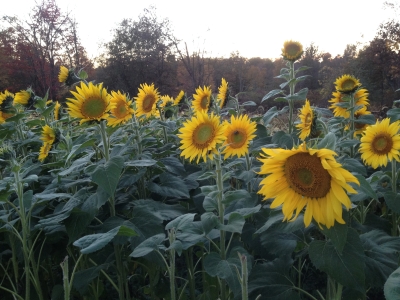 At the other extreme would be one of the shrubby species of willows that keeps sprouting side branches freely all along their growing shoots.
At the other extreme would be one of the shrubby species of willows that keeps sprouting side branches freely all along their growing shoots.
Even within a single species of plants, individuals vary in their tendency to express apical dominance. A fuchsia variety Read more
A FLOWER (PERHAPS EDIBLE) NOW AT ITS BEST
/4 Comments/in Gardening/by Lee ReichA Flower? Not
The same cold weather that has killed most herbaceous plants, or at least battered them ragged, has also brought out the color in flowering kale. Of course, the color is not really that of a flower, but that of a whorl of leaves — glaucous green or purple on the outside of the rosette and becoming more intensely white, pink, or red towards the center. Some varieties are even more ornate, with fringed leaves.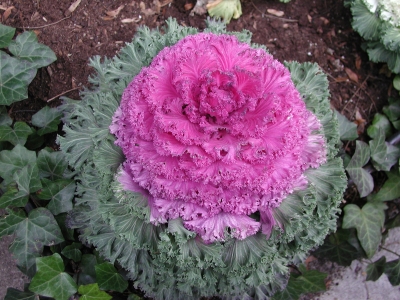
About this time each year, I make a mental note to plant seeds of flowering kale next season. But I always eventually forget to do it. For the past few weeks, though, I’ve been admiring a planting of flowering kale that has inspired me now to write myself a note about next year’s planting.
My source of inspiration can hardly be called a planting. It’s not a bed full of flowering kale, splashing color all over the place. Nor is it a single file of plants, lining and grabbing attention from a path. Read more

